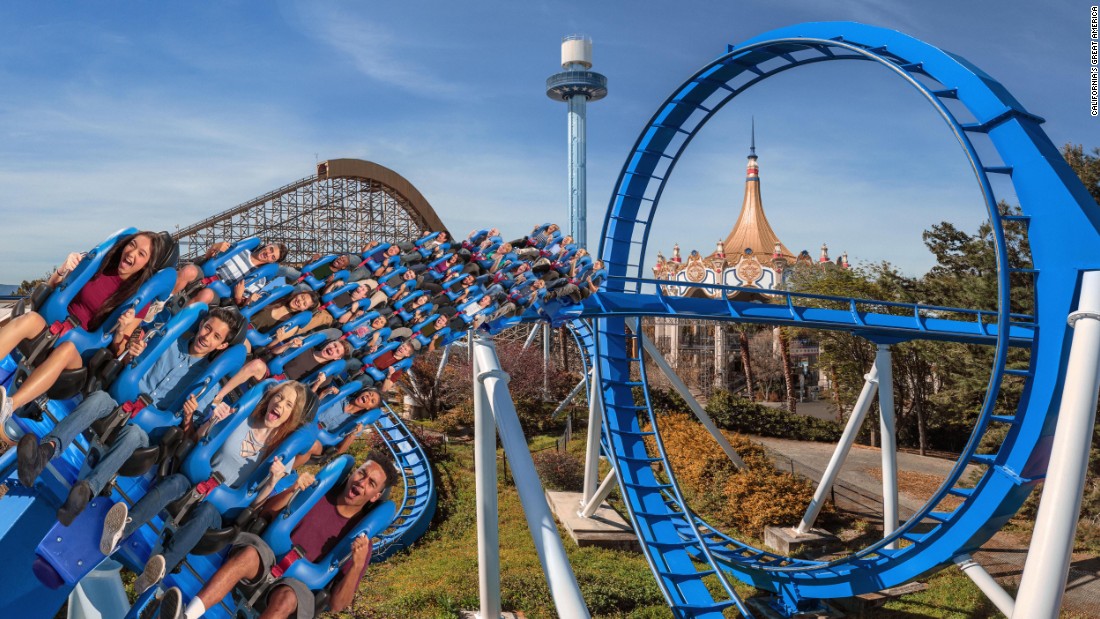
Summary:
Have you ever been to amusement park? Well have you ever wanted to bring the amusement park to you? The Roller Coaster Project did just that. We learned the key aspects of a rollercoaster like acceleration at the right times things that give thrill factors like hills, turns, and loops. It is all there when designing a roller coaster. Durning this project I was tested with the consistant changes in the build, working with the different aspects of the challenge and of course gravity and the physics behind an actual rollercoaster.
What problems did you encounter while you were working on this piece? How did you solve them?:
Some problems we faced were that since our material was not as secure as something like metal it would tilt and mess up between days. We would have to rework and retape things a lot because it would dry of be knocked out of place. How we fixed this was just a lot of testing slight tweaks and reworks from what we already knew about a working roller coaster.
What does this piece reveal about you as a learner?:
This piece taught me I am good when I can see whats going on. I don't have to be the one to drop the marble but if I see the movement of it around our track I can learn to understand its patterns better that way rather than just in its number forms. Seeing consistent patterns with something you just learn the basics of how things function better.
In what ways did your work meet the standards for this assignment? In what ways did it not meet those standards? :
Our project had the basics. It had the complete Design Brief and of course this sutori. The build of the roller coaster was quite good as well but I think that we could have done better in some other departments. For example we should have labelled the build for the different aspects in it. We also could have worked harder on making the theme more clear and easier to detect. Overall I think we did quite well but if we had more time we could really push this to the next level.
One thing I would like to improve upon is ... :
I really wish we could have labelled the pieces of the coaster according to the questions. I really think I would feel more confident with the work if we had gotten this piece done. Also finishing the design of the the snake like build would have been nice too but was not as important to me.



